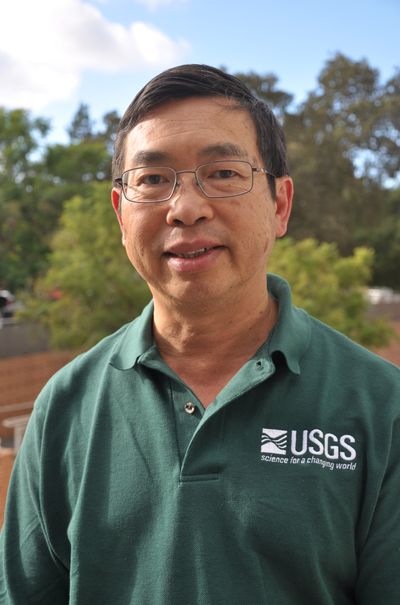Report identifies hero, mistakes in ending oil spill

WASHINGTON – A single picture from a cell phone camera may have saved the Gulf of Mexico from a few more weeks – if not months – of oil gushing from the BP well.
A new study from the presidential oil spill commission describes the behind-the-scenes, excruciating tension and mistakes behind the three-month effort to cap the busted well. More than anything the report pulled back the curtain on what happened during hectic times as 172 million gallons of oil gushed into the Gulf from April 20 to July 15.
The 39-page report faulted BP and the federal government for being unprepared for a well blowout, but then lauded them for scrambling for different fixes after the disaster.
The report painted a picture of chaotic meetings described by outsiders as disorganized and by insiders as “akin to standing in a hurricane.” And it criticized BP’s constant underestimating of how much was spilling, dooming some fixes and possibly delaying the ultimate capping of the well.
Amid the messy meetings came details about a lone scientist working from a cell phone photo who saved the day by convincing the government that a cap it considered removing was actually working as designed.
The cap that eventually stopped the oil from flowing was nearly pulled about a day after it was installed in mid-July because pressure readings looked so low that they indicated a leak elsewhere in the system. BP wanted the cap left in place and the well to stay shut, but government science advisers were firm and near unanimous in wanting the cap removed because of fear of a bigger, more catastrophic spill, the report said.
One scientist took a cell phone picture of pressure readings and e-mailed it to a government researcher in California for advice.
Just using that cell phone photo, Paul Hsieh, a U.S. Geological Survey scientist, created a model to explain what was happening under the cap and how – despite low pressure readings – there was no leak. He was convinced the containment cap wouldn’t blow. He got more data, which bolstered his case.
Hsieh, a research hydrologist who normally works with water, stayed up all night triple-checking calculations, going on adrenaline.
“I just knew a decision had to be made the next day,” he said.
Hsieh laid out his case and it persuaded the other scientists to wait.
The government waited six hours, then a day. Nothing happened. The cap held.
Hsieh turned out to be right.
Hsieh told the Associated Press that he was “flattered that I was portrayed well,” but said others including Energy Secretary Steven Chu, who headed the scientific team, deserve the credit.
Monday’s draft report said some BP attempts to stop the gusher probably were doomed from the start. That’s because BP had underestimated how much oil was spilling.
Both BP and the government were unprepared for capping a blowout well and cleaning up the mess it makes, the report said. But given how unprepared they were, both BP and the government reacted quickly and impressively, the report said.